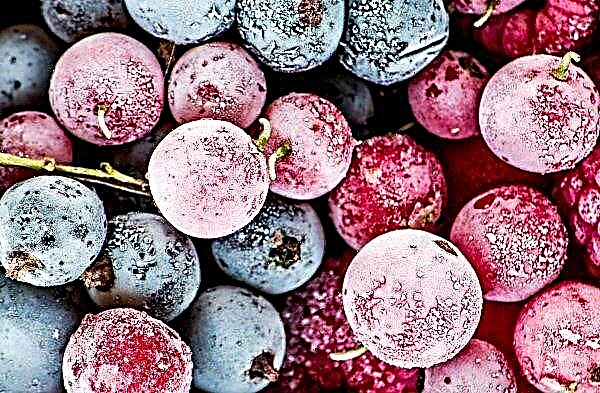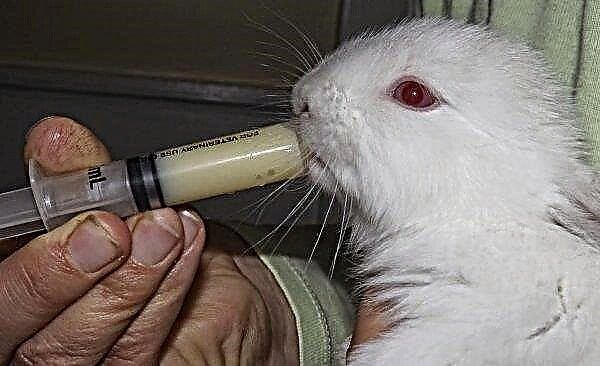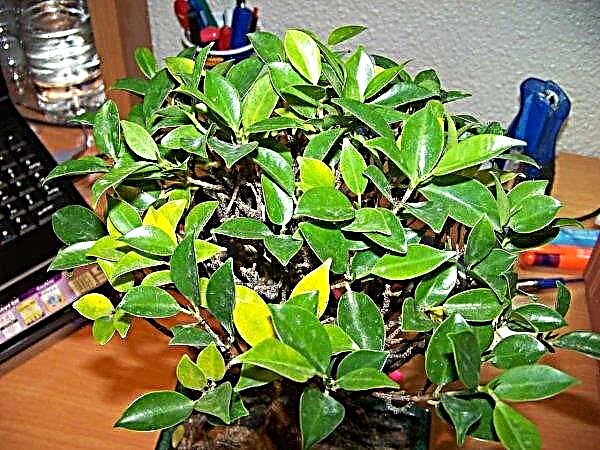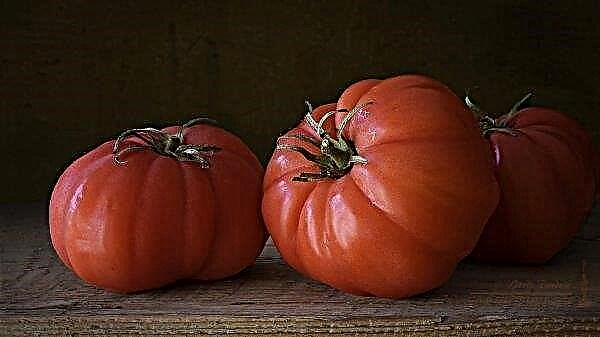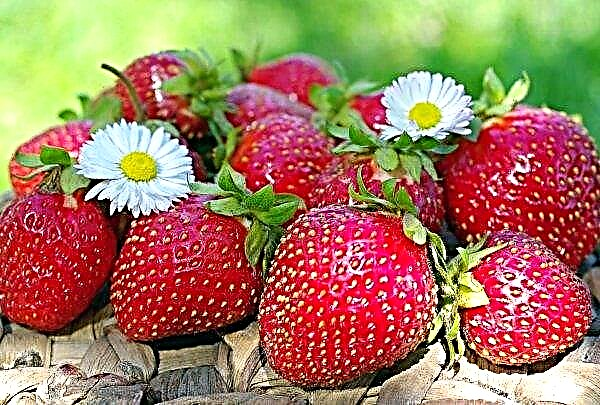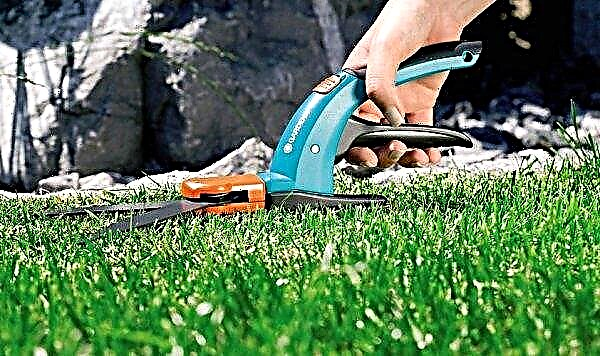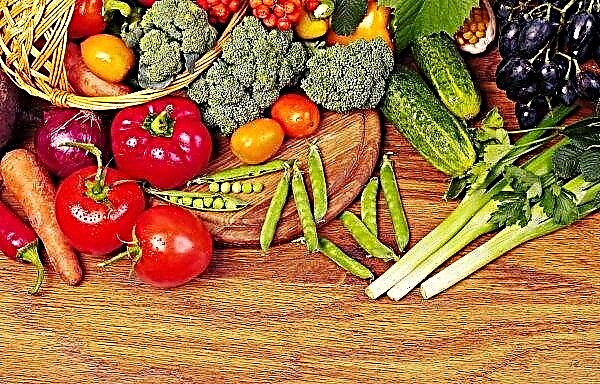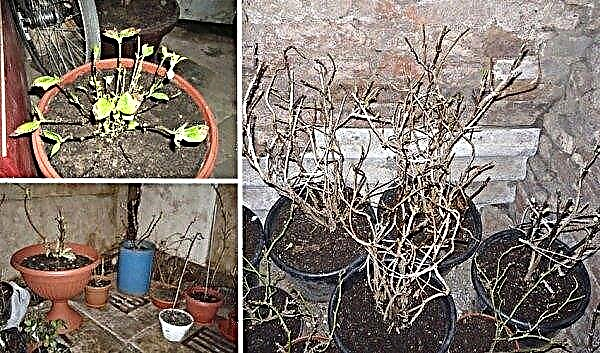“Home doctor”, “green first-aid kit”, “flower of life” - this is what Kalanchoe is called for its unique healing qualities. The chemical composition of the flower, its healing properties are appreciated by both official and folk medicine. The article will discuss the care of the plant at home.
Botanical description of the plant
The perennial succulent with the Latin name Kalanchoe pinnata belongs to the family Crassulaceae and includes about 200 varieties. The flower is distributed on the lands of Madagascar, Central and South Africa, South Asia and South America.
The plant loves a warm climate, it is unstable to frost. In the natural environment it can reach a height of up to two meters, while at home it does not exceed 60 cm.
The plant is shaped like a small bush. Flowering begins from the second year of life, mainly in the winter (occurs when the daylight hours are reduced). When flowering, the plant throws arrows with large hanging buds of light pink color, which are collected in axillary panicles. The flowers resemble bells in shape.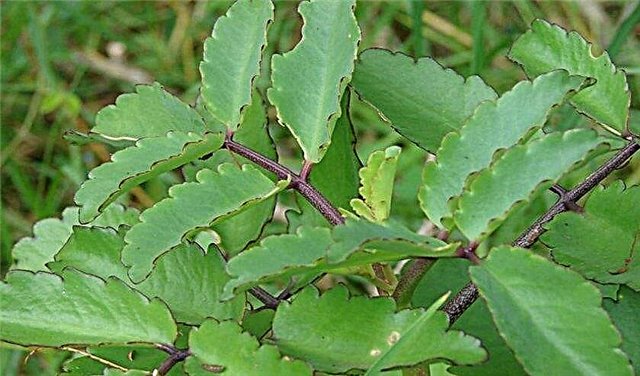
| Root system | Short, branched |
| Stem | Erect, fleshy, lignified at the base |
| Leaf shape | Opposite, fleshy, petiolate, elliptical, city-toothed. The top of the leaf is rounded, the base is wedge-shaped, unequal, feathery venation |
| Leaf color | Green, yellowish, gray-blue from a strong wax coating, a reddish tint may be present, in rare cases - very pubescent |
| Flower shape | Bisexual, four-membered, asymmetric, cyclic, tubular about 4 cm in length, collected in apical panicle inflorescences. Calyx free-leafed, corolla |
| Flower color | Greenish, White, Pink |
| Fetal shape | Leaflet with many small seeds |
Medicinal properties and contraindications
Cirrus Kalanchoe is a medicinal plant species that contains vitamins, trace elements and organic acids. It has special useful properties and contraindications.
Did you know? There is a legend according to which a Russian sailor, sick with tropical fever, was landed on one of the islands in South Africa. Thanks to chewing Kalanchoe leaves, he recovered and was able to return to the ship.
- The healing properties include:
- antiseptic, anti-inflammatory, antimicrobial (inhibiting the growth of pathogenic microorganisms, draws pus from wounds);
- tonic, choleretic, normalizes and activates metabolic processes;
- healing, astringent, hemostatic (often used in the treatment of wounds and burns);
- purification of the blood, removal of toxic substances from the body;
- strengthening the walls of blood vessels;
- increase the body's defenses, the immune system.
- Contraindications in the use of Kalanchoe practically do not occur, but it is better to exercise caution in the following cases:
- pregnancy, especially during the third trimester;
- lactation;
- treatment of a cold, which is allergic in nature;
- history of at least one of the diseases: oncology, diabetes, rheumatism, hypotension, Whipple's disease, hepatitis.
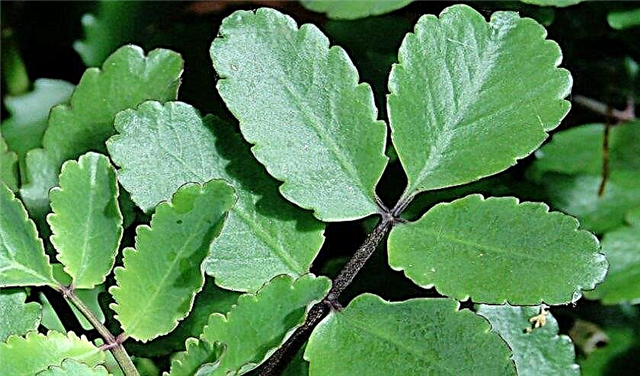
House growing conditions
To ensure the optimal microclimate for the flower, it is necessary to observe some conditions.
Lighting
Kalanchoe requires good lighting, but direct sunlight can be harmful. Therefore, a flowerpot is best placed on the southwestern, eastern or southeastern windowsill.
The lack of lighting affects the appearance of the plant: the leaves turn pale, the plant stretches toward the light, becomes one-sided.
After flowering, Kalanchoe begins a period of rest, so the pot with succulent needs to be rearranged in a darkened place.
Ventilation
You can ventilate the plant, but drafts have a negative effect.
Temperature mode
Succulent tolerates heat well, but temperatures with indicators of +20 ... + 26 ° C in the summer, and +16 ... + 20 ° C in the winter are considered favorable for growth and development. With a decrease in temperature indicators below + 10 ° C - the flower dies.
Air humidity
The flower is thermophilic and easily tolerates drought, does not need additional moisture, spraying, because from the abundance of moisture there is a possibility of fungal infections.
How to care at home?
In order for Kalanchoe to grow well and delight in abundant flowering, proper care is necessary for the flower.
Watering
Produced regularly, in small doses. The frequency should not exceed once every 3-4 days. The plant accumulates moisture in the leaves, so it easily tolerates the lack of regular watering.
In the spring and summer months, watering is increased, for the irrigation use settled water at room temperature.Important! Excessive watering leads to rotting of the roots of Kalanchoe.
In winter, the amount of watering is reduced (up to two times a month), irrigation is carried out moderately, with warm water.
Top dressing
Succulent in the natural environment grows on poor soils, so it is not too demanding on the composition of the earth. When transplanting Kalanchoe into fertile soil, you can not fertilize it.
For feeding, you can use fertilizers for cacti (dissolved in water and brought into the soil during watering). Top dressing is done once every one and a half to two months, with the exception of the winter months, when top dressing is not made.
Crown pruning
To create a neat appearance of the plant, after the flowering process is completed, the crown is trimmed, the tops of the plant are nipped, which leads to an increase in branching, an increase in green mass.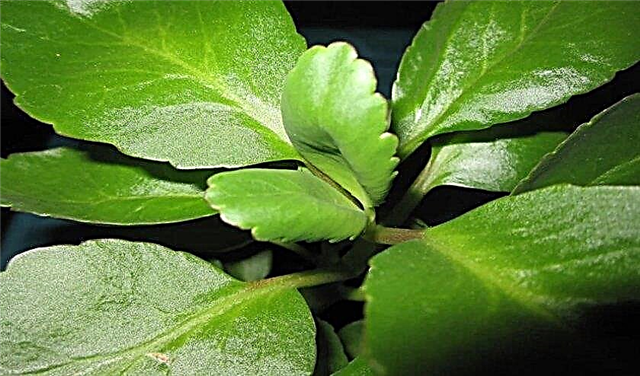
Transfer
It is advisable to transplant the plant annually, in early spring. Plant growth is intense, and often it ceases to fit in containers.
When transplanting, take a pot 2-3 cm larger in diameter from the previous one. When choosing a container for a succulent, pay attention to the gap between the pot and the pan - the larger it is, the better (if small, water will stagnate). Also make sure that the pot is wide but not tall.
If you transplant succulent immediately into a large pot, it will begin to build up the root system, and the ground part will remain at the same level as before the transplant.
Drainage is poured to the bottom (expanded clay, small gravel, broken brick, crushed polystyrene), by transshipment, a flower is taken together with a lump of earth from an old pot, placed on a drainage, the remaining voids are covered with fresh soil.
The soil mixture for Kalanchoe should contain sand, humus and deciduous land in equal proportions. You can buy the finished mixture in specialized stores.
Did you know? At the first sign of heartburn - chew a leaf of Kalanchoe, literally ten minutes will pass, and you will forget about the malaise.
Breeding
This process is not difficult. Consider the existing methods.
Cuttings
Leafy or stem cuttings can be rooted in water or in a soil mixture. As seedlings often use leaves or parts of the stem and branches remaining as a result of pruning. Root formation takes place over 15–20 days. If rooting is successful, young leaves will appear at the top of the stem.
Seeds
It is rarely produced if it is planned to get many plants at a time.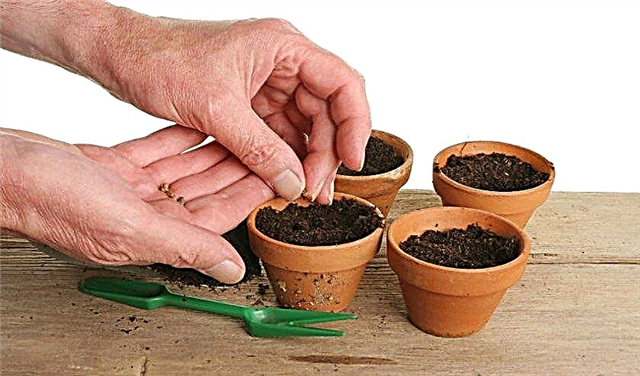 Seeds are sown on a sandy-peat surface, which are slightly pressed into the soil with a palm, then watered. The container with crops is closed with glass or film (to achieve the effect of the greenhouse).
Seeds are sown on a sandy-peat surface, which are slightly pressed into the soil with a palm, then watered. The container with crops is closed with glass or film (to achieve the effect of the greenhouse).
The bowl is placed in a warm place (with a constant temperature of at least + 20 ° C) with diffused light. After a week, you can wait for the first seedlings, and after a few weeks the seedlings can be transplanted into separate small pots.
Important! Finding Kalanchoe in complete darkness will lead to his death.
Growing difficulties
When growing Kalanchoe, you can encounter such plant diseases or pests:
- Powdery mildew. Gray plaque appears on the foliage, necrotic wet areas (most often due to violation of the irrigation regime and poor lighting). It is treated with fungicide.
- Gray rot. A lesion occurs in the lower part of the stem (the disease is acquired due to an excess of moisture), it is treated with a fungicide.
- Ring spotting. Whitish stains in the form of rings form on the foliage. There is no cure for this dangerous infection, if such a disease appears, the flower is disposed of to avoid infection of other plants.
- Mealybug, aphid, scutellum. The leaves are treated with soapy water or sprayed with garlic water. Chemical treatment with chemical insecticides is detrimental to Kalanchoe.
- Leaves turn yellow and fall, the stem is extended - lack of lighting.
- Succulent does not grow. Not enough nutrients, fertilize Kalanchoe.
Kalanchoe is an amazing gift of nature. The flower not only decorates the home, but makes us healthy and happy. At the same time, caring for the plant will not bring much trouble to those who decide to grow it at home or in the office.


